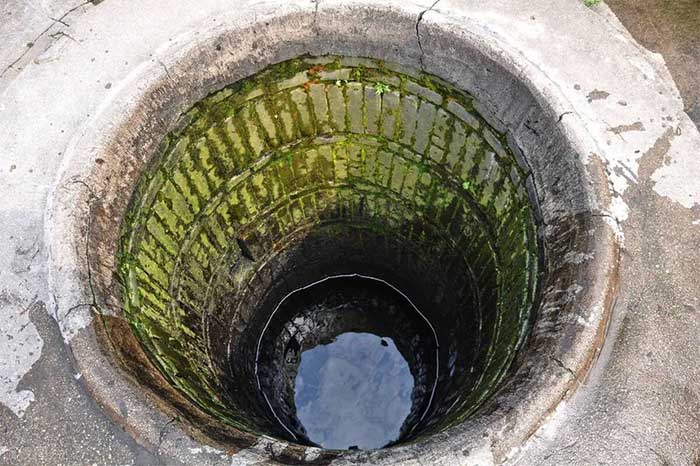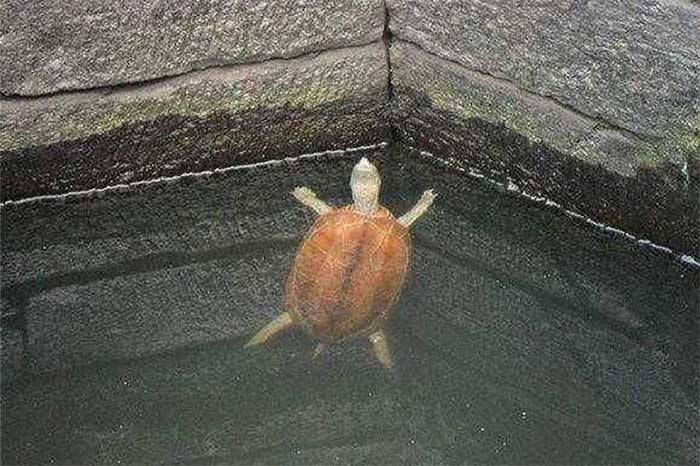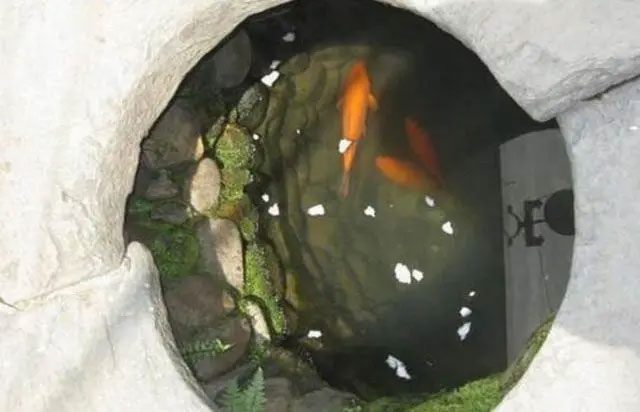Why Did Ancients Release Fish or Turtles into Newly Dug Wells?
Water plays a vital role in sustaining life. In ancient times, digging or drilling wells was one of the best ways for people to access convenient and quick water sources. This practice also reduced human dependence on ponds, lakes, rivers, and streams. To adapt to different geological conditions, some wells are vertically or diagonally shaped. However, the majority of wells are generally vertical.
Before humans discovered how to dig wells, drinking water and water for daily use were sourced from rivers and lakes. This method led to two main issues:
- First, the process of obtaining water was quite complicated. Most homes were not built near rivers or lakes to avoid flooding risks. Moreover, fetching water from these sources consumed significant time and effort. In contrast, having a well close to home made the water collection process quick and convenient.
- Second, the poor quality of river and lake water made it unsuitable for direct consumption. This was primarily due to the high number of living organisms in these waters, which could lead to contamination. Additionally, in ancient times, healthcare was not well-developed, so drinking unclean water often resulted in health issues. Water from wells, filtered through layers of soil and rock, generally had better quality than that from rivers or lakes.

Digging wells was one of the most convenient ways for ancient people to obtain clean freshwater.
In ancient times, wells were often dug deep to tap into underground water sources. When science and technology were not as advanced, and labor productivity was still low, water wells were considered a lifeline. Families with their own wells were relatively well-off. Thus, in some areas where water was scarce, many families prioritized whether their potential in-laws had a well rather than their wealth or property. They placed significant importance on whether the house had a water well.
Despite the advantages of wells, constructing a suitable well was challenging:
- First, digging a well depended on the availability of underground water sources. Therefore, if a location lacked sufficient groundwater, it would not be suitable for well drilling.
- Second, geological conditions in many areas were poor. For instance, in regions frequently affected by earthquakes, digging wells was quite difficult.
Choosing the right location for underground water and determining the proper depth to ensure a continuous water supply was no easy task. However, in ancient times, after finishing a well, people typically did not use it immediately. Instead, they would release a fish or a turtle into the well. Why did ancient people do this?
It turns out this strange practice stemmed from four main reasons.
Reasons Ancients Released Fish or Turtles into Deep Wells

Turtle is a creature that requires high water quality and is also considered a symbol of good luck.
First, in ancient times, turtles were seen as symbols of good fortune. Moreover, in Chinese mythology, there is a deity named Xuanwu. The emblem of Xuanwu depicts a snake wrapped around a turtle, representing the water element and the north direction. Thus, releasing a turtle into a well was considered a way to wish for the water deity’s protection to keep the water source clean and abundant for the people.
Wells served as the water source for entire families. Therefore, having clean and abundant well water was believed to bring luck to the household.
Second, to prevent poisoning
Water from wells, sourced from underground aquifers, often contains various impurities and heavy metals, as well as some harmful bacteria. Therefore, if people drank this water immediately after digging a well, they could face health issues.
However, in ancient times, most people did not understand the concept of excess heavy metals. Instead, they only noticed that some individuals experienced stomach pain after drinking the water. As a result, they devised a method of releasing a living creature into the well to check for toxins. After a few days, if the turtle or fish remained alive, it meant the well water was safe. Consequently, people could safely use the water for their daily needs.

Releasing fish or turtles into a newly dug well helps ancient people verify water quality and prevent the risk of poisoning.
Third, to prevent others from poisoning
In addition to checking for toxins in the well water, releasing turtles or fish could also help determine if the water had been poisoned. In ancient times, wells were often the water source for many households or entire villages. Therefore, if some thieves intended to harm the villagers, they often resorted to poisoning the common well.
Releasing fish or turtles into the well could deter such poisoning attempts. If the water was poisoned, the living creatures would die first. Upon noticing this, people would refrain from using the well water, thereby avoiding the risk of poisoning.
Fourth, to deal with other organisms in the well
The well environment is prone to algae growth. If algae proliferate, they can harm water quality. Furthermore, many insects may also inhabit the well water. Keeping fish or turtles in the well helps eliminate harmful organisms present in the water.




















































